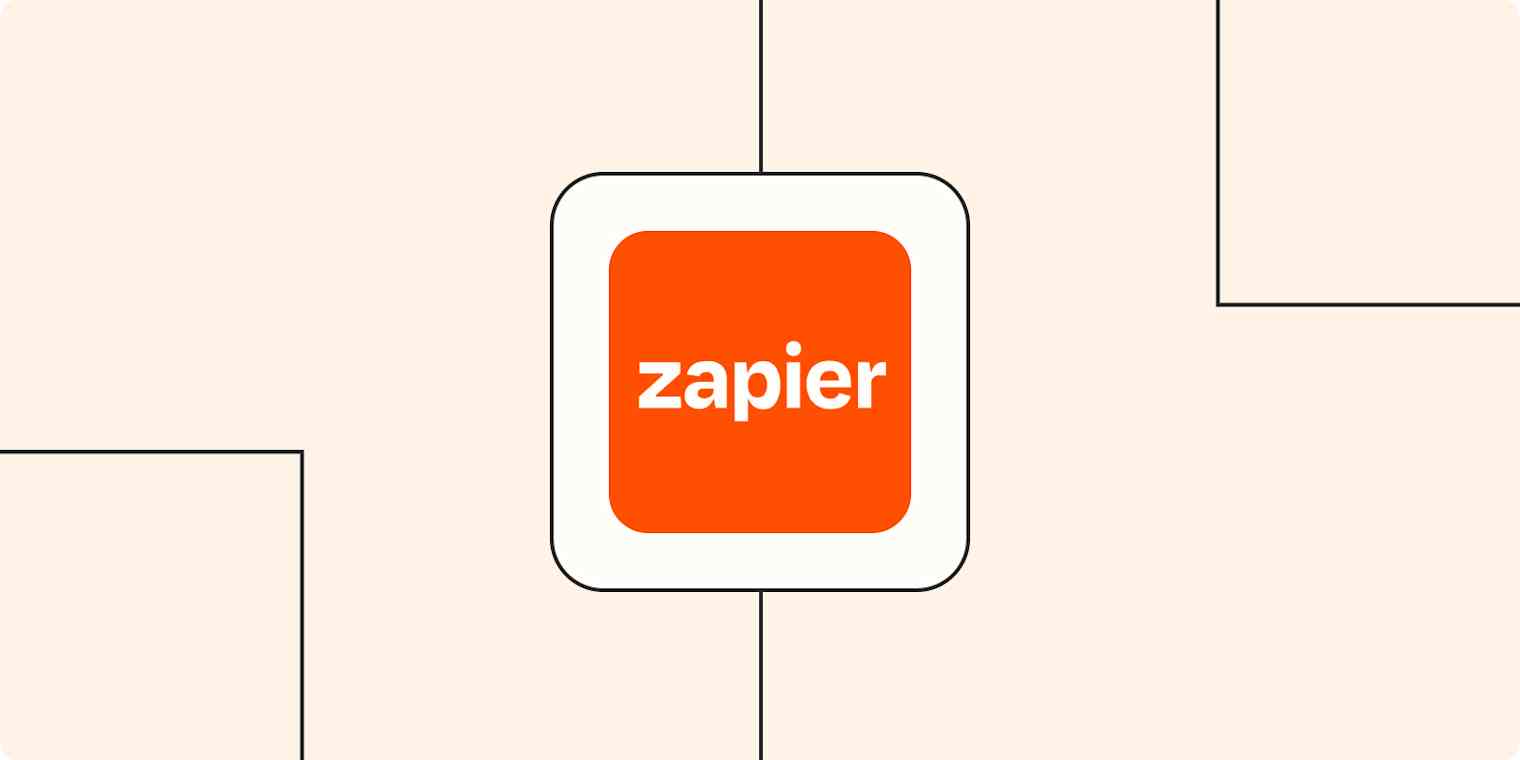Zapier tutorials
8 min readZapier for Alfred: Run Zaps from your Mac keyboard
By Krystina Martinez · November 28, 2022

Get productivity tips delivered straight to your inbox
We’ll email you 1-3 times per week—and never share your information.
mentioned apps
Related articles
Improve your productivity automatically. Use Zapier to get your apps working together.







